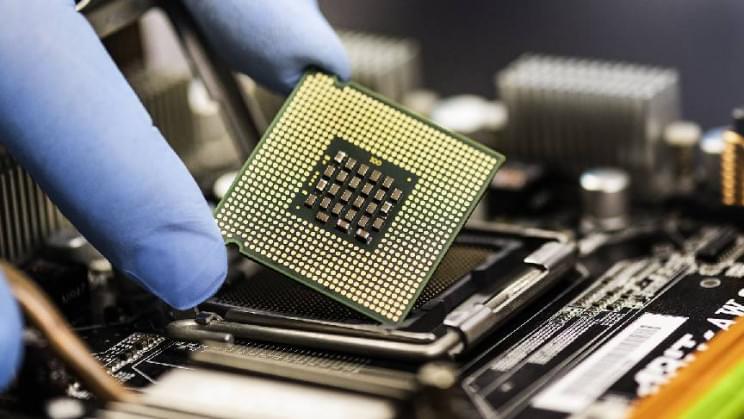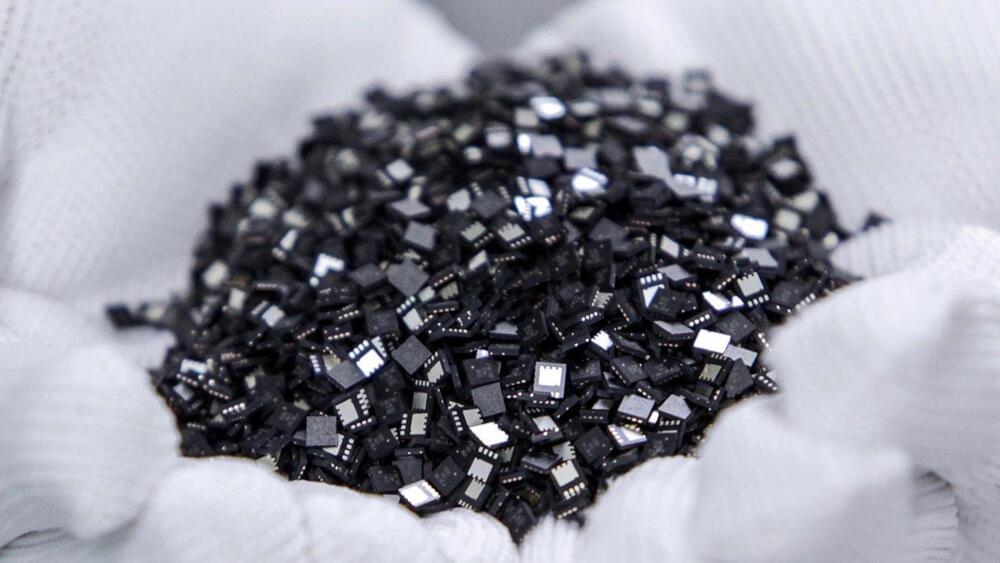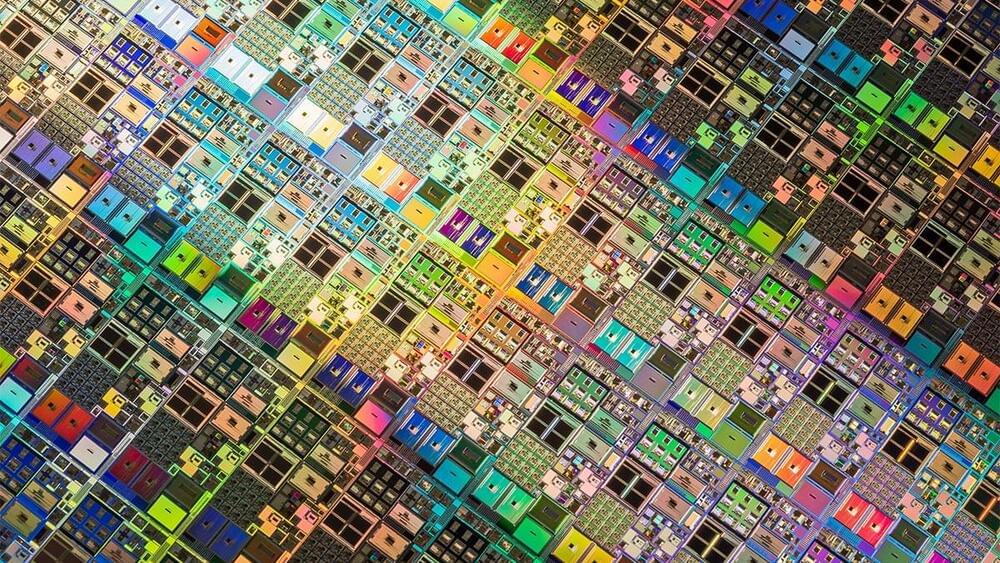Dec 12, 2021
Six Hurricane-Faring Autonomous Drones to Collect Data in Gulf Stream Region
Posted by Gemechu Taye in categories: climatology, drones, robotics/AI, sustainability
The same Saildrones captured the first-ever video from inside a major hurricane from sea level in September.
Six autonomous Saildrones are taking off on a six-month journey to tackle some of Earth’s most challenging ocean conditions, in order to improve climate change and weather forecast computer models, reported CNN.
They will travel to the Gulf Stream throughout the winter months where they will collect data about the process by which oceans absorb carbon (carbon uptake). So far, the numbers on this type of activity have only been estimates produced by statistical methods that cannot, therefore, be relied upon.
Continue reading “Six Hurricane-Faring Autonomous Drones to Collect Data in Gulf Stream Region” »


















